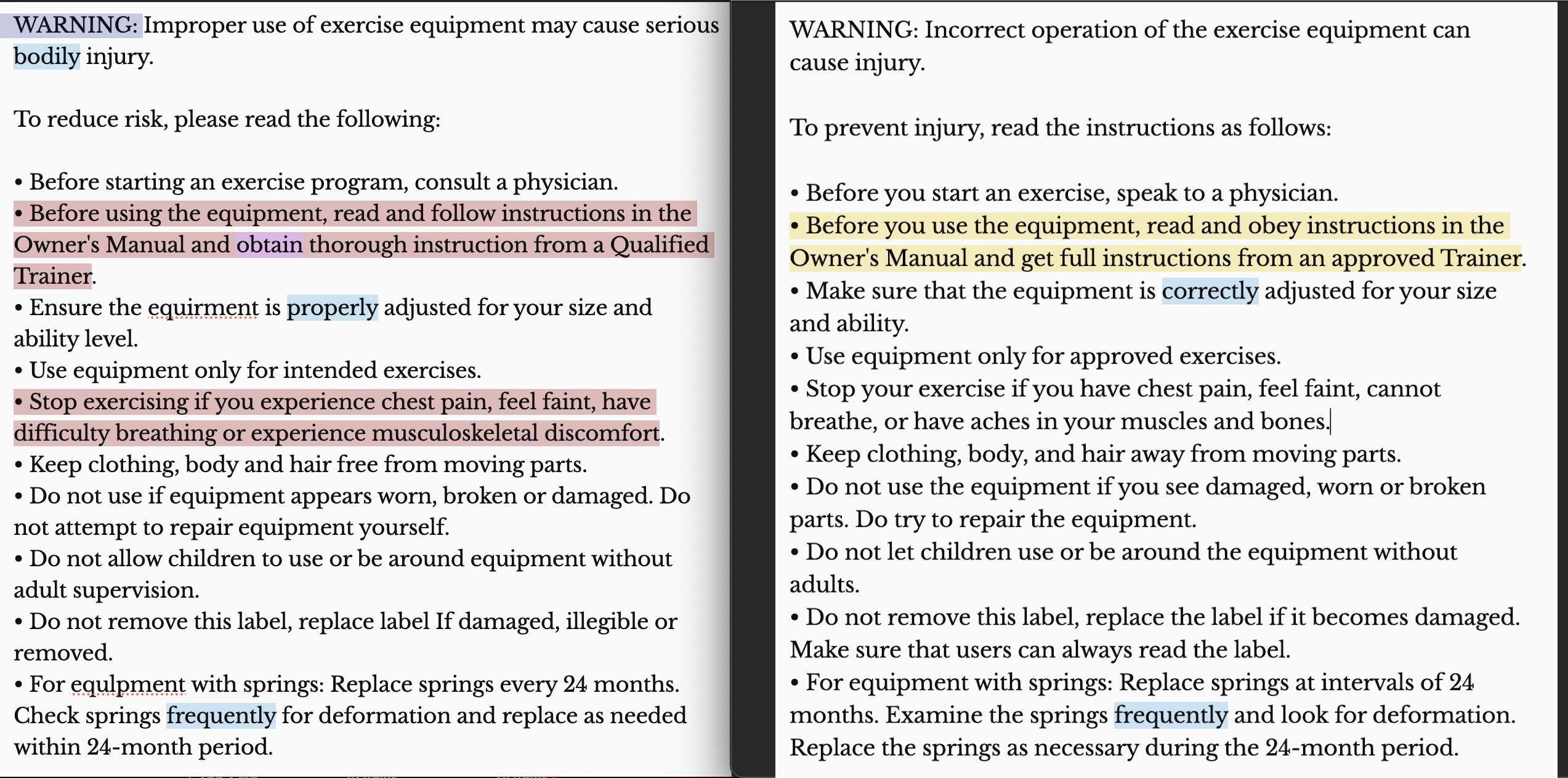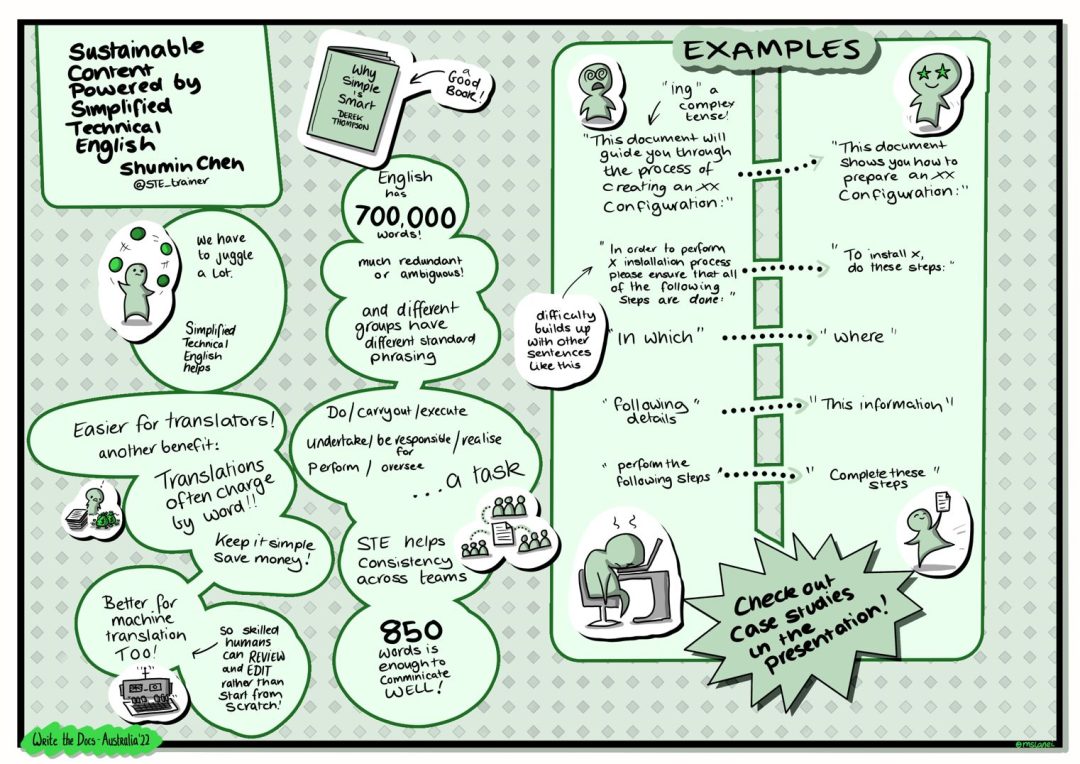April 2023
Technical writing is often dense and complex, making it challenging for readers to understand the information they need. This can be especially problematic in industries such as aerospace, defense, and transportation, where technical documentation plays a critical role in ensuring safety and compliance. Simplified Technical English (STE) offers a solution to this problem by providing a set of guidelines for writing technical documentation that is clear, concise, and easy to understand.
STE was developed in the early 1980s by the aerospace industry and has since been adopted by numerous other industries. The goal of STE is to eliminate ambiguity and complexity in technical writing, making it accessible to a wider audience. The guidelines for STE cover a wide range of topics, including grammar, vocabulary, and style.
One of the key features of STE is its emphasis on the use of a controlled vocabulary. This means that only a specific set of words and phrases are used, which have been carefully chosen for their clarity and simplicity. For example, instead of using the word “activate,” which can have multiple meanings, STE recommends using “start.” This helps to ensure that readers understand exactly what is meant by a particular term, reducing the risk of misinterpretation.
Another important aspect of STE is its use of simple grammar structures. STE recommends using short, declarative sentences, and avoiding complex sentence structures such as subordinate clauses. This makes it easier for readers to follow the logic of the text and understand the information presented.
In addition to grammar and vocabulary, STE also addresses style and formatting. STE recommends the use of bullet points, tables, and diagrams to present information in a clear and concise manner. This helps to break up dense blocks of text and make the information more accessible to readers.
The benefits of STE are numerous. By simplifying technical writing, STE makes it easier for readers to understand complex information. This can improve safety in industries where technical documentation is critical, such as aerospace and defense. It can also reduce the risk of errors and misinterpretation, which can have serious consequences.
In addition to these practical benefits, STE can also improve the efficiency of technical writing. By providing a set of guidelines for grammar, vocabulary, and style, STE streamlines the writing process, reducing the time and effort required to produce high-quality technical documentation.
Overall, Simplified Technical English is an effective tool for transforming complex technical writing into clear and concise documentation that is easy to understand. By adopting STE guidelines, technical writers can improve the accessibility and safety of their documentation while also streamlining the writing process.
Don’t settle for subpar technical writing. Upgrade your skills with STE training by Shufrans TechDocs today!












